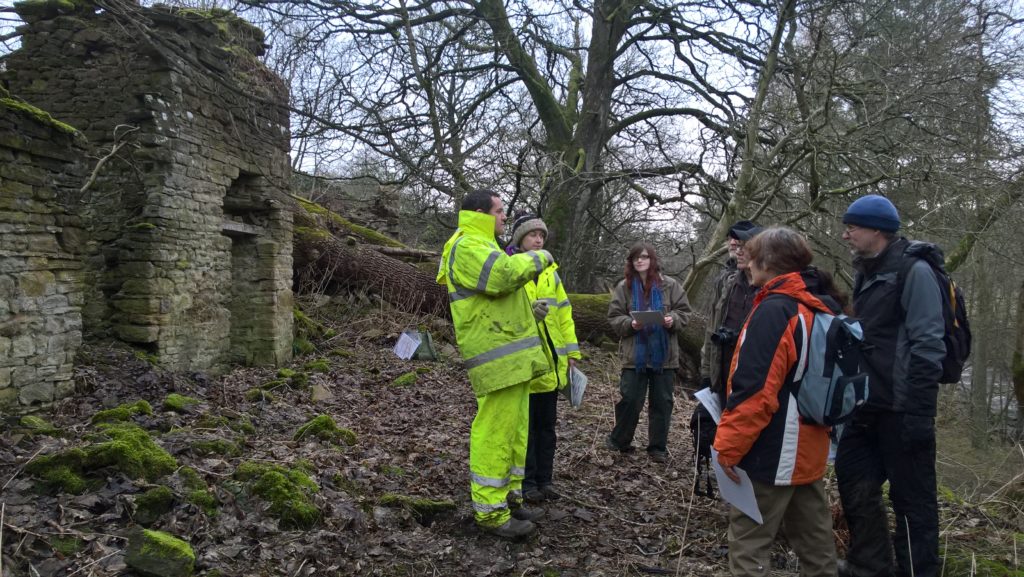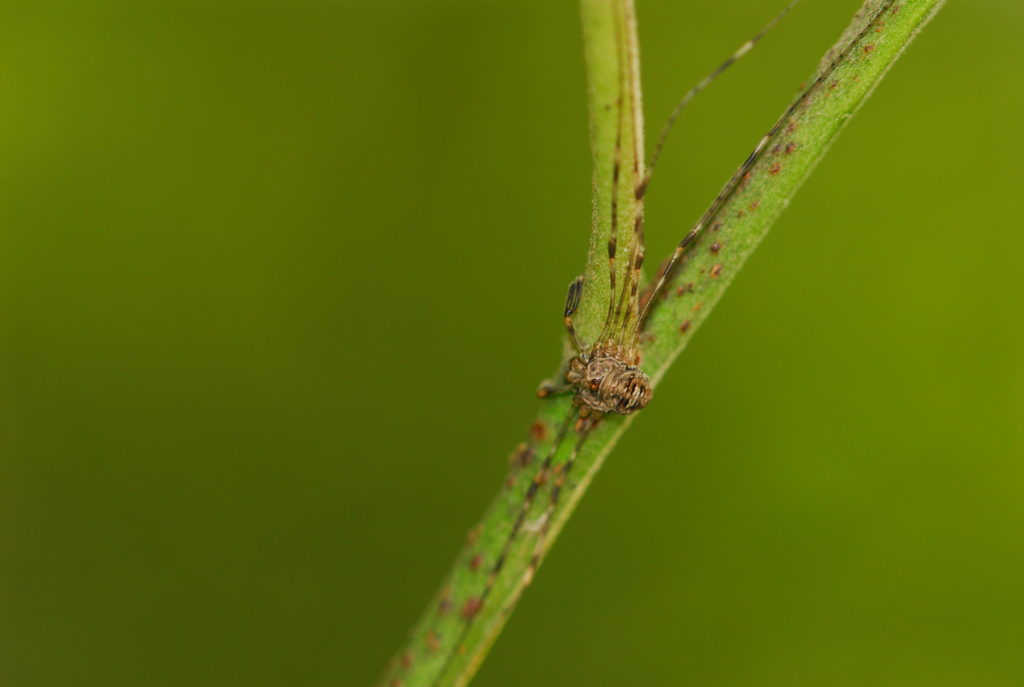What’s special
Birds of rivers and streams
Birds of rivers and streams
A vast network of rivers and streams drain the North Pennines creating a web of linear habitats of vital importance to birds and other wildlife.
A number of birds are closely associated with rivers and streams and thanks to this association are relatively easy to see.
The dipper is perhaps the most characteristic bird of upland rivers and streams. This medium sized, rather round bird can often be seen standing on a rock in the middle of a stream, bobbing a few times before popping under the water to forage for its favourite food, the caddis fly larva.
Dippers have a striking plumage, a deep brown head and back and a bright white breast. Often all that is seen of them, however, is a whirr of wings as they fly fast and low over the water emitting their high-pitched squeaking call. Being dependent on a rich supply of river invertebrates, the presence of dippers is an indicator of good water quality.
Colourful
Far less easy to see is the kingfisher. Often all that is seen is a bright flash of blue as they shoot past. With patience, this shy, dramatic bird can be seen on the lower reaches of North Pennines rivers.
The sight of a goosander swimming quietly along a stretch of still water is an impressive one. These cousins of the duck have long, narrow serrated bills, and are therefore known as ‘sawbills’. They are specialist fish hunters and as a result are often unpopular with fishermen, however their beauty and grace is exceptional. The male has striking dark green and white plumage, the female being a more demure grey with a tufty russet head.
A much smaller specialist of the riverside is the grey wagtail. These striking yellow and grey birds can often be seen walking along the rocks beside rivers and streams wagging their long tails. Insect-eaters, they regularly flutter rapidly into the air to snap up one of the myriad of mayflies and stoneflies that dance above North Pennines rivers in summer.
Hunting by stealth, the grey heron will often stand motionless next to a pool or quiet section of river waiting for the right moment to pierce a fish with its long bill. They are more commonly seen as they flap slowly on huge wings above the riverside trees.
Waterside waders
Two species of wading bird are found alongside North Pennine rivers and streams. The common sandpiper is a small brown and cream wader that is often seen picking its way quietly along the rocks beside a river or reservoir, typically pausing to bob up and down. They are shy birds but can often be located by their high-pitched, three note call.
The oystercatcher is a large and more boldly marked wader. With striking black and white plumage and bright orange bill, legs and eyes, the oystercatcher is unmistakable. In recent decades their population has expanded and they now frequently nest on shingle banks beside upland rivers and reservoirs.
High fliers
Rivers and streams, particularly those with overhanging vegetation, provide a breeding ground for many invertebrates. They therefore provide an important food supply for insectivorous birds. Perhaps the most obvious of these are the swift, swallow, and house martin. All three species regularly feed above rivers and the fields bordering them, in poor weather sweeping low over the ground and in warmer weather following the insects high up into the sky. The sand martin is more closely associated with rivers but is only commonly seen in areas where sandy river banks provide suitable nest sites.











